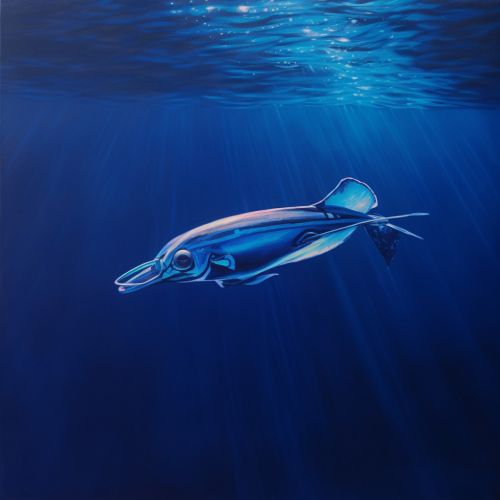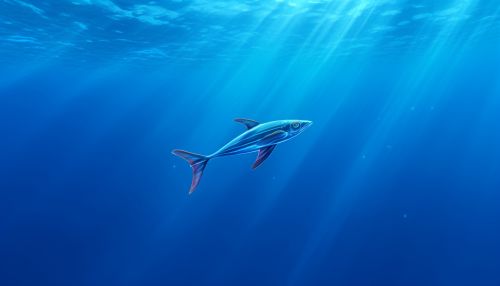SQUID
Introduction
The cephalopod subclass Squid is a diverse group of marine animals known for their distinct morphology and complex behaviors. Squids are part of the larger mollusk phylum and are closely related to octopuses and cuttlefishes. They are characterized by a soft body, a mantle, and arms equipped with suckers. Squids are among the most intelligent invertebrates and exhibit a range of fascinating behaviors, including camouflage, bioluminescence, and jet propulsion.


Morphology
Squids have a unique body structure that sets them apart from other marine creatures. The most noticeable feature is their elongated body, which is covered by a soft mantle. The mantle houses the main organs, including the heart, digestive system, and reproductive organs. At the front of the body, squids have a ring of arms, or tentacles, each lined with suckers. These arms are used for capturing prey and manipulating objects.
Squids also possess a beak-like mouth, which they use to break down their food before it enters the esophagus. Inside the mantle, squids have a pen, a feather-shaped internal structure that provides support to the body. Unlike the external shells seen in other mollusks, the pen is lightweight and flexible, allowing squids to move swiftly through the water.
Behavior
Squids are known for their complex behaviors, which are indicative of their high level of intelligence. They use a variety of strategies to hunt, avoid predators, and communicate with each other.
Hunting
Squids are primarily carnivorous, feeding on fish, crustaceans, and other squids. They use their long tentacles to capture prey, often employing stealth and speed. Some species are known to use bioluminescence to lure prey, while others use their color-changing abilities to blend in with their surroundings before launching a surprise attack.
Camouflage and Bioluminescence
Squids are masters of disguise, thanks to their ability to change color and pattern. They achieve this through the use of specialized skin cells called chromatophores, which contain pigments and can be expanded or contracted to display different colors. This ability is used for camouflage, communication, and courtship displays.
In addition to chromatophores, some squids also possess photophores, light-producing organs that allow them to create bioluminescent displays. This is particularly useful in the deep sea, where light is scarce. Squids can use bioluminescence to communicate, attract prey, or confuse predators.
Jet Propulsion
One of the most distinctive behaviors of squids is their method of locomotion. Squids move by jet propulsion, expelling water from their mantle cavity through a siphon. This method of movement allows squids to reach high speeds and make quick directional changes, making them agile swimmers and difficult targets for predators.
Ecology
Squids are found in all of the world's oceans, from the shallow coastal waters to the deep sea. They play a crucial role in marine ecosystems, both as predators and prey. Squids are a key food source for a variety of animals, including fish, birds, and marine mammals. Conversely, squids feed on a variety of organisms, helping to control their populations and maintain balance in the ecosystem.
Human Interaction
Humans have interacted with squids for thousands of years, both as a source of food and as a subject of myth and legend. Today, squids are commercially fished in many parts of the world, and their meat is a staple in many cuisines. Squids are also important in scientific research, particularly in the fields of neurobiology and physiology, due to their complex nervous system and unique physical characteristics.
Conservation
While squids are not currently considered endangered, they face a variety of threats, including overfishing, habitat loss, and climate change. Efforts are being made to ensure sustainable fishing practices and to protect squid habitats. Further research is needed to fully understand the impact of these threats on squid populations and to develop effective conservation strategies.
